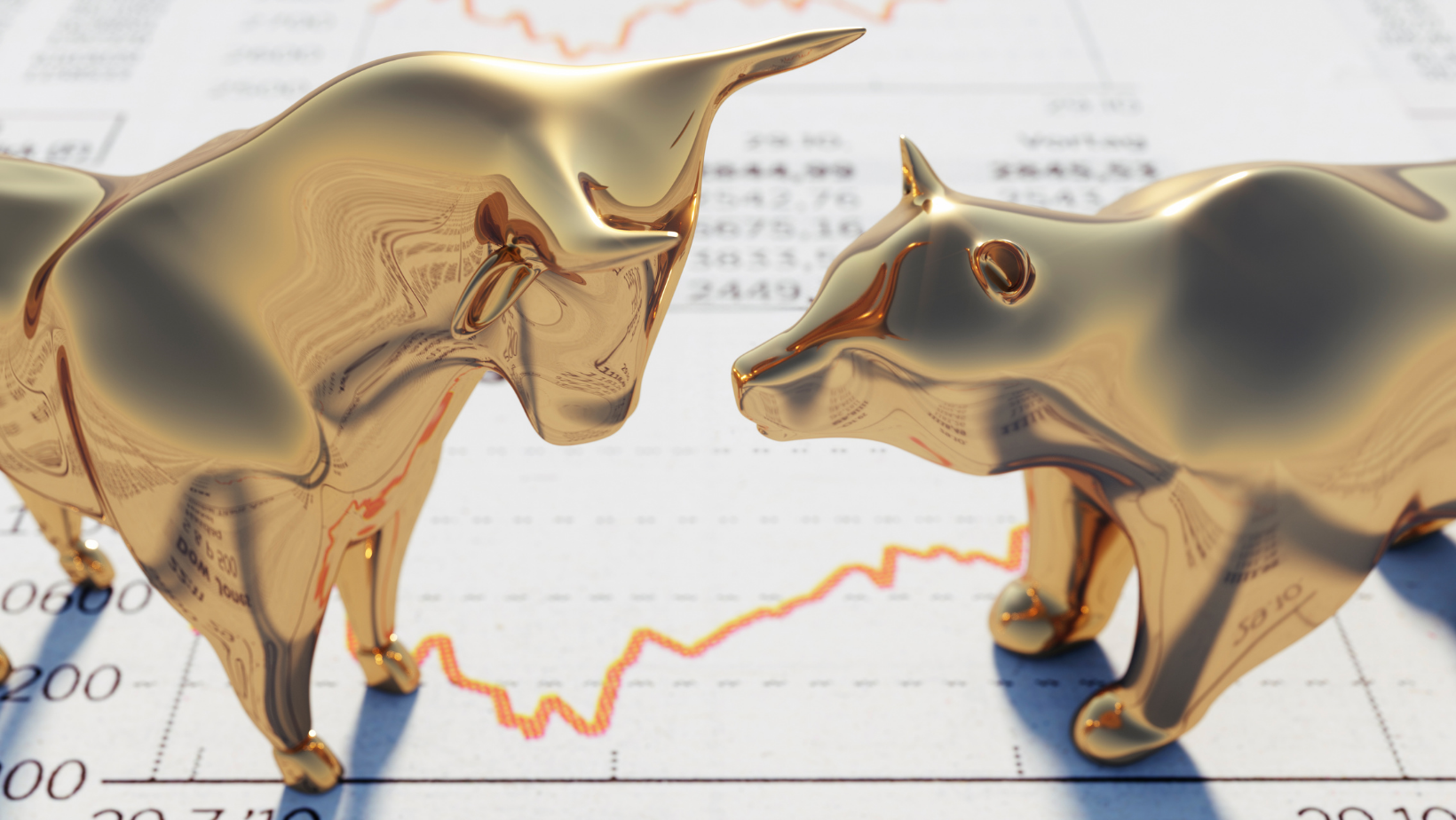
Market & Economic Update: A Deep Breath Taken
Market & Economic Update: A Deep Breath Taken
It’s been an interesting past week filled with geopolitical shifts, reassurance in the capital markets, significant announcements from the Federal Reserve, and subsequent reactions from investors. Last Wednesday, the previously dovish Federal Reserve surprised the Fed-watchers with a more aggressive rate-hike forecast in response to the strong inflation numbers in the global economy. The Fed announced a projected total of seven rate hikes in 2022, with an additional three to four anticipated hikes in 2023. However, the bigger surprise of the day remains this: The markets did not flinch despite the Fed’s assertive stance on fighting inflation.
To put this into perspective, historically, a hawkish Fed has rattled investor confidence, and, to be fair, it did for about 15 minutes, but when investors digested the press release, the markets shifted into rally mode. The Dow Jones Industrial Average (DJIA) closed the day up 1.8%, and the Nasdaq climbed 3.8%. Our thoughts are that the Fed’s rate-hike forecast, while more aggressive than anticipated, was viewed by investors and strategists as a worst-case scenario that erased the uncertainty surrounding the Fed’s response to the higher-than-expected inflation numbers. In fact, the lack of bad news appears to have left investors fairly content, and they have found good news in the recent hopes of peace between Russia and Ukraine, China’s State Council’s pledge of stability and support for its economy and capital markets (which saw Hong Kong stocks jump 9% on March 16 to mark their best day since 2008), and leveling oil prices (for now).
With the second Fed meeting of the year now behind us, investors are breathing a sigh of relief and soaking in the positives. Fed Chair Jerome Powell exhibited a new urgency in the fight against inflation, and he was adamant in his belief that the U.S. economy is strong enough to weather higher interest rates and that the potential of a recession remains low. After last week’s recovery rally, the S&P 500 Index, the DJIA, and the tech-heavy Nasdaq remain 7.4%, 6.0%, and 14.3% off their recent highs, respectively.
Although we recognize the harrowing crisis in Ukraine has the potential to escalate, our main focus remains on interest rates and inflation. Despite last week’s positive news and the welcomed reassurance from Powell, we are not confident the U.S. economy can handle 10 or 11 rate hikes in the next 21 months without substantially slowing the economy. We think we have seen this movie before, though we recognize the remake has a new cast member: inflation.
Here is some recent rate-hike history, albeit it was without the backdrop of high inflation: the Federal Reserve raised rates nine times between December 2015 and December 2018, taking the target range to 2.25%-2.50%, but then it immediately cut rates three times by October 30, 2019, to reduce the target range to 1.5%-1.75% to counter a slowing economy. That was also before the Fed cut rates to zero in March 2020 to help stimulate the economy at the onset of the pandemic. For years now, we have said that, “low interest rates are the gift that keeps on giving,” and that, “investors are addicted to low interest rates,” and we do not think these declarations have changed. The future of our current low-rate environment depends on the durability of the inflation that is making its way through the global economy, which has worsened due to the conflict in Ukraine.
Earlier this year, we wrote that we believe inflation will slow in the second half of the year as the supply chain plays catch up and the inflationary effects of the trillions of dollars of excessive stimulus that were injected into the economy wear off. If that happens, that should allow the Fed to break from what we perceive is the worst-case scenario and reduce the rate hikes in the latter half of the year. We expect market volatility to remain on the high side until we get a better outlook on inflation and interest rates.
We have received many questions in regard to exposure to Russia in portfolios, and we want to emphasize that direct exposure to Russia has never been a part of our investment strategy, though there is nominal exposure to the country in international funds. However, both active and passive fund managers have expressed they have written off their exposure to the country and have no plans to add it back in the future. We want to highlight that the geopolitical destruction at the hands of Putin has not been the primary contributing factor to the sell-off in 2022. We were already in a downturn and correction mode, and the geopolitical crisis happened on top of that and exasperated it.
Statement from AFS on the War in Ukraine
AFS stands with the people of Ukraine and the governments, companies, and individuals around the world calling for the immediate end to the unlawful and horrific attacks on the people of Ukraine and their freedom. We hope for an immediate and peaceful resolution to the conflict so the Ukrainian people may return to a state of safety and normalcy. We encourage those interested in helping the people of Ukraine to consider donating to the following organizations currently offering humanitarian support: UN Ukraine Humanitarian Fund, National Bank of Ukraine Ministry of Social Policy, and/or Save the Children Ukraine Crisis Relief Fund.
Recent Posts
Blog Archives
- December 2019 (6)
- March 2023 (6)
- November 2019 (5)
- January 2020 (5)
- March 2020 (5)
- September 2020 (5)
- January 2022 (5)
- January 2023 (5)
- August 2020 (4)
- February 2021 (4)
- March 2021 (4)
- April 2021 (4)
- November 2021 (4)
- March 2022 (4)
- April 2022 (4)
- September 2018 (3)
- February 2020 (3)
- May 2020 (3)
- June 2020 (3)
- July 2020 (3)
- October 2020 (3)
- June 2021 (3)
- May 2022 (3)
- June 2022 (3)
- August 2022 (3)
- May 2023 (3)
- June 2023 (3)
- August 2023 (3)
- November 2023 (3)
- April 2024 (3)
- December 2018 (2)
- April 2020 (2)
- November 2020 (2)
- December 2020 (2)
- May 2021 (2)
- August 2021 (2)
- September 2021 (2)
- October 2021 (2)
- February 2022 (2)
- July 2022 (2)
- October 2022 (2)
- November 2022 (2)
- February 2024 (2)
- February 2019 (1)
- March 2019 (1)
- May 2019 (1)
- July 2019 (1)
- August 2019 (1)
- September 2019 (1)
- October 2019 (1)
- January 2021 (1)
- July 2021 (1)
- December 2021 (1)
- September 2022 (1)
- December 2022 (1)
- February 2023 (1)
- April 2023 (1)
- September 2023 (1)
- October 2023 (1)
- December 2023 (1)
- January 2024 (1)
- March 2024 (1)
- May 2024 (1)
- September 2024 (1)
